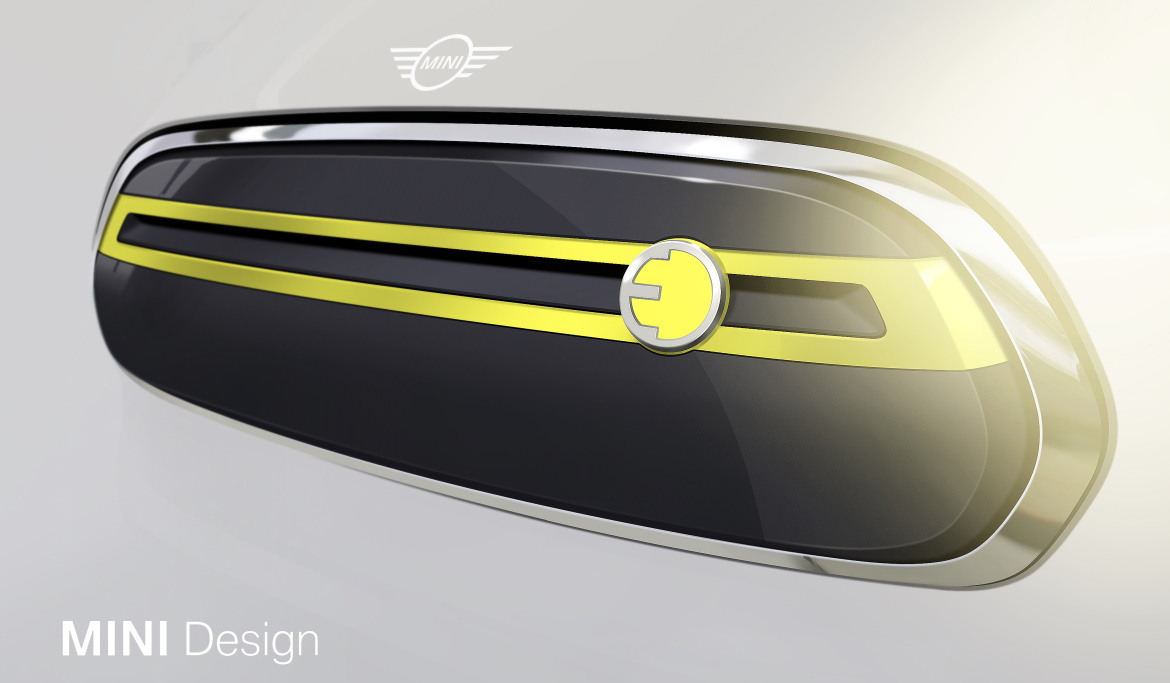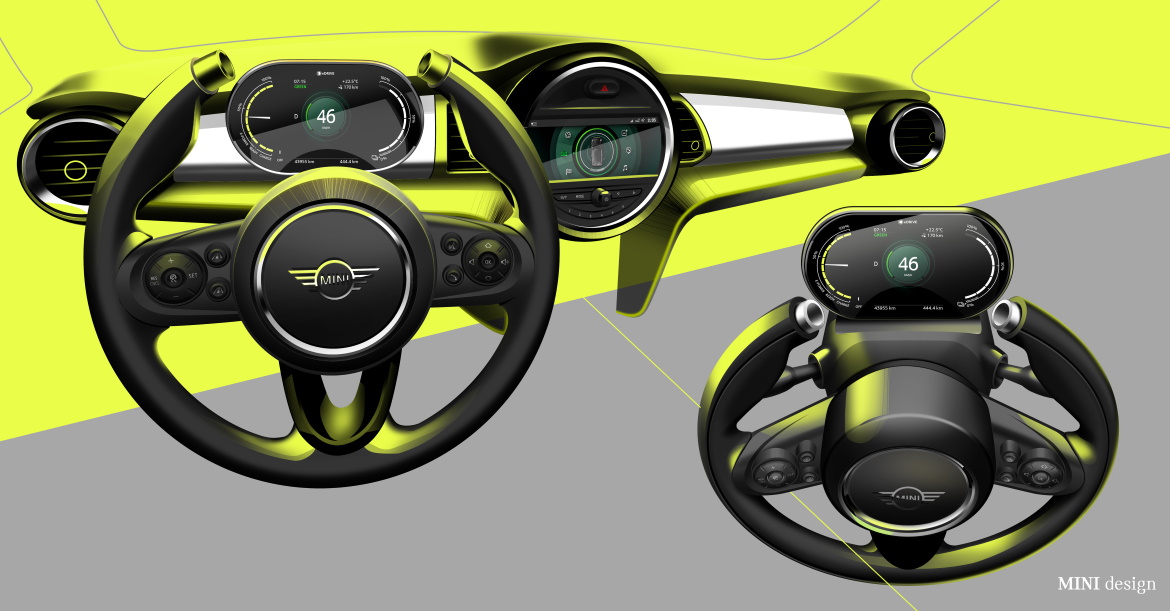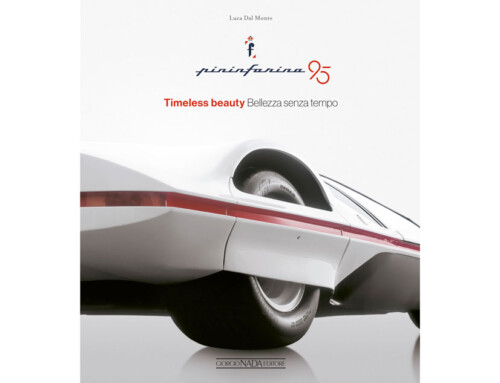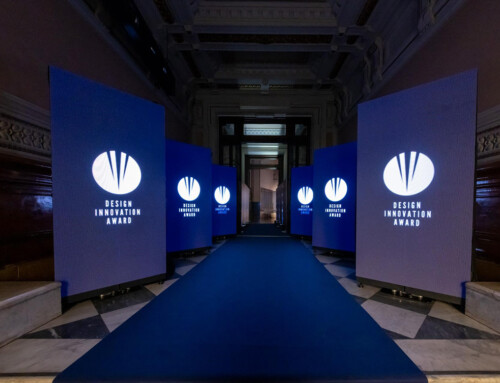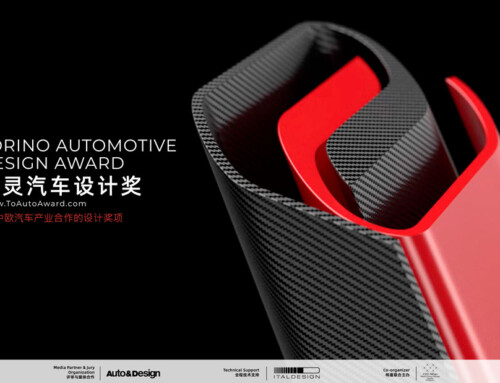Why did you become a car designer?
Ever since I’ve been able to think, I’ve always drawn things, from cartoons and houses to automobiles. I was particularly fascinated by the varying characters and forms of expression that vehicle design can convey. I grew up in Poland, where the profession of automobile designer didn’t exist at the time. That’s why I started by studying architecture. I wanted to work creatively and design something. The desire to turn my passion into a profession stayed with me. Back then, I came across pictures of Marcello Gandini’s designs for Bertone in the press by chance. Futuristic, powerfully wedge-shaped vehicles from the 1970s, the Fiat X 1/9 and Autobianchi A112 Bertone Runabout, which he had drawn in very architectural perspectives.
What inspires you?
I find inspiration in different experiences, in moments when you feel like you’re facing the imaginary future. One example is when I first visited Zaha Hadid’s BMW plant in Leipzig: I was impressed by the expressiveness and emotion that the building contains. Although at first glance it is “only” concrete, there is so much it promises. It has a sense of expectation or promise that there is a future in which emotion and technology can be combined. I am also touched by the beauty of technical masterpieces from the past – whether boats, vehicles or other machines. When I see old mechanical engineering art, I immediately feel like reaching for a pen and drawing something myself.
What is the key to creating a vehicle design that won’t capture the spirit of the times until five years into the future?
As an automotive designer, you actually have to live a few years ahead of your environment in terms of the work you do. The vehicles we’re currently working on are the brand’s future. So we ask ourselves: what kind of character should they have? How do we create a “wow” effect? And what is aesthetic? We see that aesthetic appeal and taste are often part of a process that thrives on disruptions. So we want to create precisely these disruptions, which are then seen as new, innovative and ground-breaking. Being able to capture this requires a mixture of experience and talent – and that’s what seek to drawn on at Mini.
What is typical of Mini as far as you are concerned?
Mini has two sides for me: on the one hand, the brand has a powerful connection with its history and British origins. On the other hand it is also modern and innovative. This is precisely what makes the MINI identity so fascinating as I see it. Our brand is likeable, positive and open. This makes it easy for any driver to establish a direct relationship with the product. At the same time, Mini is self-confident and individual. For me, this combination makes the vehicle and the brand unique. Of course, it also results in high customer expectations – and rightly so. As a design team, we see it as our task to continually fill the space between tradition and modernity with new life in an authentic way.
What will a Mini look like in the future?
The future is something positive for me. That’s what drives us all here. A lot is changing and in a state of flux: I see great opportunities in this that can be drawn on for the purpose of good design. Mini already has various characters that will continue to change. There is a whole family. We’re always thinking about what else might be added. I strongly believe that a Mini will retain its sympathetic expression. To exaggerate somewhat: even if it were to become a self-driving box, the experience in our cars would always be very personal and radiate sympathy. Just what form that would take is what we’re working on. The MINI experience has to be charged with optimism: when you see your Mini again in the morning, you instantly sense that it’s probably going to be a good day.



